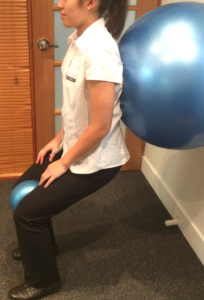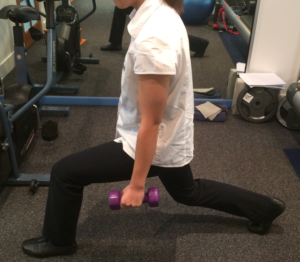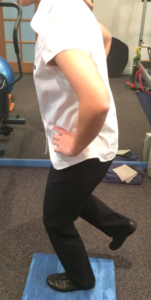Heading to the ski fields this winter??
There are a few things you need to know to make sure you spend more time on your skis than off this winter!
Despite looking deceptively easy – skiing is a physically demanding sport and uses muscles that we may not normally use. The 4 key components to successfully skiing are Cardiovascular fitness, muscle strength (in the right muscles), flexibility and balance.
So what is going to help you get the most out of this ski trip?
Cardiovascular fitness
It’s dark, it’s cold and it is hard to get out of bed in the mornings now that it is winter! But if you are planning to ski then now is the time to get walking, running or cycling in a routine . Aerobic exercise 3-4 times a week for 30-45 minutes is recommend to get you fit and moving well to ski.
Muscle strength
You do need to have good core stability and muscle strength in your lower limbs to negotiate those steep slopes and prevent injuries. Here are 2 classic ski preparation exercise that you should try and do a couple of times a day leading up to your trip.
Wall Squats
Stand with your feet hip width apart and your back against the wall. Slowly slide down the wall until your hips and knees are comfortably bent. Hold this position for 5-10 seconds. Repeat 10 times. Make this exercise harder by holding hand weights, bending the knees more ore holding the positions longer.

Lunges
Step one foot in front of the other with your feet hip width apart. Transfer most of your eight onto the front leg and tighten the thighs. Drop the back knee to within a fe centimeters of the floor. Keeping the pelvis tilting forwards. Hold 5 secs and do this with alternate legs.

Flexibility
You don’t need yoga quality flexibility in order to ski but some stretches in the lower limbs will again help you to ski better and hopefully avoid injury. Do these the weeks leading up to your trip and before you ski each day.
Quadriceps
Stand tall on one leg and slowly pull the other foot back behind you to bend the knee. Keep the bottom tucked under and the knees together. You should feel a stretch on the front of the thigh
Hamstrings
Lie on your back with both legs straight. Bend one hip 90 degrees and hold the thigh in this position. Slowly straighten the knee until a stretch is felt in the back of the thigh.
Calves
Stand in a walking position with the leg to be stretched behind you and the other leg bent in front of you. Make sure that the big toe points straight ahead. Then roll the inside arch of the foot up. Take support from a wall or chair. Lean your body forwards and down until you feel the stretching in he calf of the straight leg. Repeat this stretch with the back knee slightly bent to feel a stretch in the Achilles tendon.

Balance
(all care hot tip – working on balance is critical to prepare your body for skiing)
This is often the most overlooked part of preparation to ski. Working on your balance will not only help you stay upright more often but also help protect you from injury.
Stand on one leg. Make sure you have some support nearby to hold on to in case you lose your balance. Try holding their position for as long as you can – now try with you eyes closed! For more advanced option try this on a wobble or bosu ball. Harder still add some single leg squats while you are balancing.










